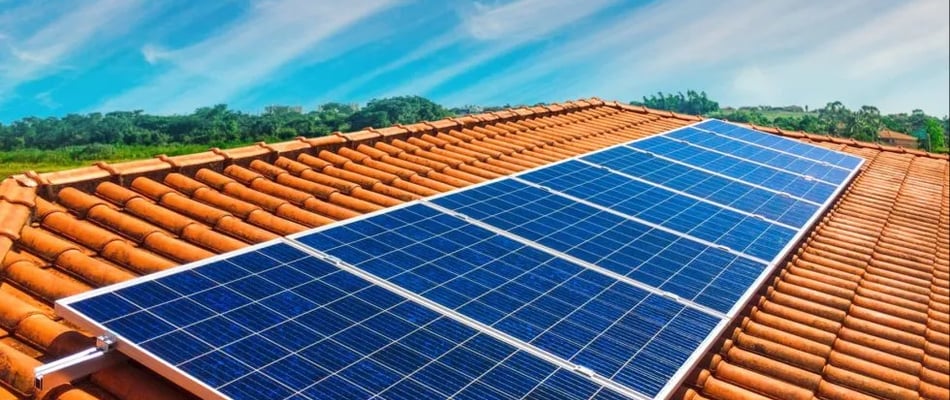How solar panel works?

Solar panels are a popular choice for homeowners looking to reduce their reliance on fossil fuels and lower their energy bills. But how exactly do these photovoltaic panels work?
At the heart of a solar panel is the photovoltaic (PV) cell, made from layers of silicon and other materials. When sunlight hits the cell, it knocks electrons loose from the atoms in the silicon, creating an electric field. The PV cell collects these electrons and converts them into direct current (DC) electricity.
However, most homes run on alternating current (AC) electricity, so the DC electricity generated by the solar panels needs to be converted. This is where an inverter comes in. The inverter converts the DC electricity into AC electricity, which can then be used to power appliances and electronics in the home.
But what happens on cloudy days or at night when there is no sunlight? This is where battery storage systems come into play. These batteries store excess energy generated by the solar panels during the day so that it can be used when the sun is not shining.
Installing solar panels on your home can not only reduce your reliance on fossil fuels and lower your energy bills, but it can also help to reduce carbon emissions and combat climate change. It is a smart investment in both the environment and your financial future.
Overall, solar panels are a simple yet effective technology that harnesses the power of the sun to create electricity for your home. With the right equipment, homeowners can benefit from renewable energy and save money on their energy bills in the process.